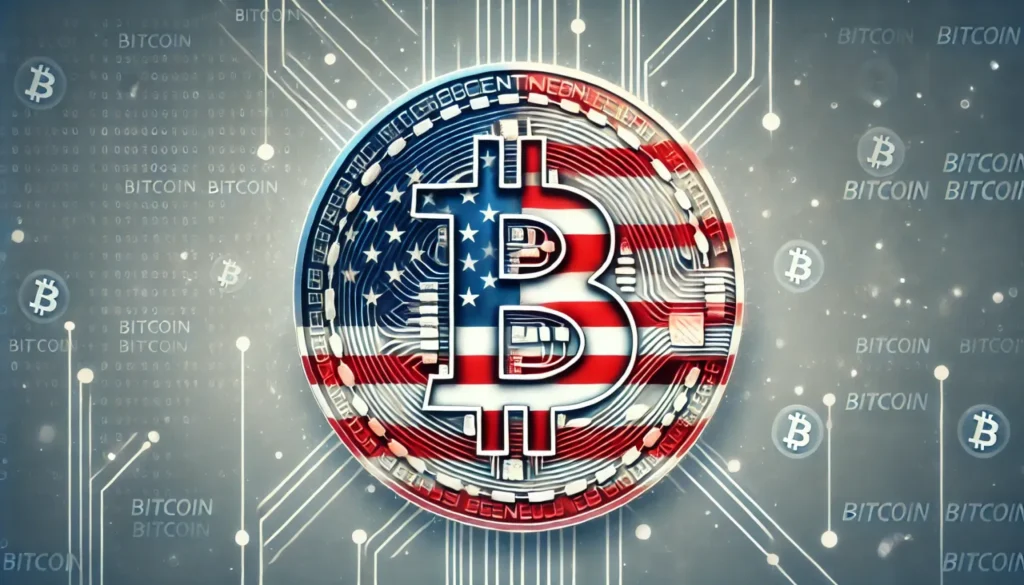
The cryptocurrency market is once again in the spotlight as former U.S. President Donald Trump issues a directive regarding a “digital asset stockpile.” This unexpected move has sparked debates among crypto enthusiasts, policymakers, and financial experts alike. But what does this order mean for Bitcoin, altcoins, and the broader digital asset landscape?
Understanding Trump’s Digital Asset Order
Trump’s directive, which focuses on the accumulation and management of digital assets, is seen as a strategic initiative to prepare the U.S. for a more blockchain-driven financial future. The order reportedly calls for the stockpiling of key cryptocurrencies, including Bitcoin, Ethereum, and other altcoins, as part of a larger national financial security framework.
While details remain scarce, analysts speculate that the initiative aims to strengthen America’s position in the global digital economy, potentially reducing reliance on traditional fiat reserves. Some sources suggest that the order could involve federal agencies or even the U.S. Treasury exploring the acquisition of crypto assets as a hedge against inflation and economic instability.
Impact on Bitcoin and Altcoins
Markets have reacted swiftly to the news, with Bitcoin experiencing increased volatility. Here’s how the order could affect different aspects of the crypto world:
- Bitcoin Price Surge – Institutional interest in Bitcoin is expected to rise if the U.S. government begins accumulating digital assets, possibly leading to a price surge.
- Altcoin Recognition – Altcoins such as Ethereum, Solana, and XRP could gain legitimacy if included in the digital asset reserve.
- Regulatory Uncertainty – Increased government involvement may lead to stricter regulations on exchanges, wallets, and DeFi platforms.
- Potential for a U.S. Digital Currency – Some speculate that this move could be a precursor to a U.S. government-backed digital currency (CBDC).
Regulatory and Political Reactions
The directive has been met with mixed reactions from lawmakers and financial experts. Pro-crypto advocates argue that this marks a step toward mainstream adoption, while skeptics warn of potential government overreach in the decentralized space.
Additionally, Trump’s order could put pressure on current and future administrations to develop clearer crypto policies. Some experts believe that the directive might force regulatory bodies like the SEC and CFTC to redefine their stance on cryptocurrencies, especially regarding taxation, classification, and investor protections.
Conclusion
Trump’s move to establish a “digital asset stockpile” could reshape the cryptocurrency landscape in ways we have yet to fully understand. Whether this signals the U.S. government’s acceptance of crypto or a shift toward stronger regulatory oversight, one thing is certain—the digital asset space is evolving rapidly, and this order is just the beginning of a larger conversation about crypto’s role in the future of global finance.




